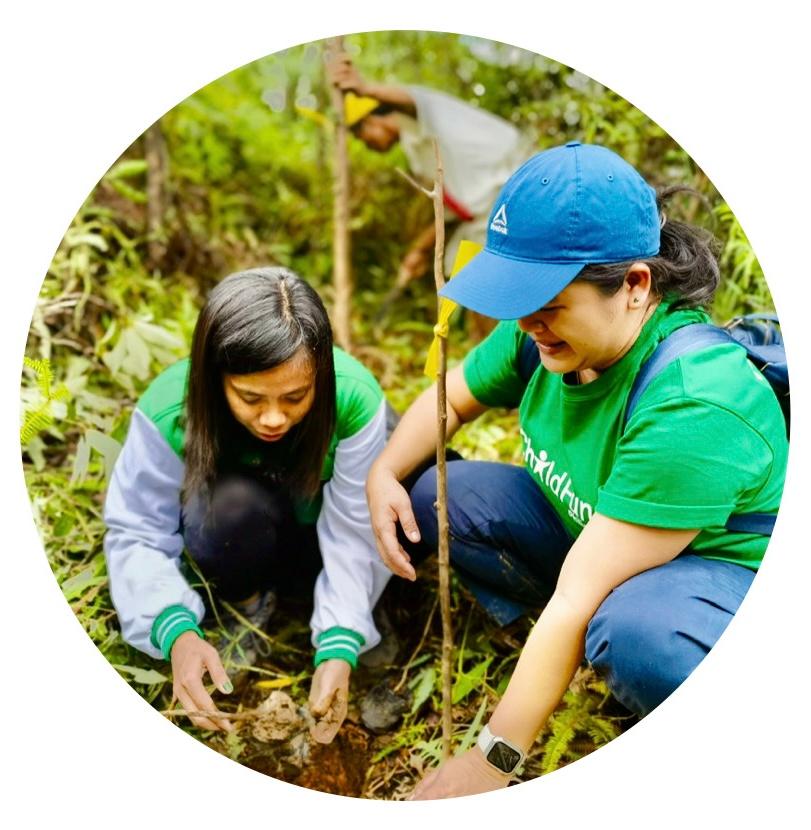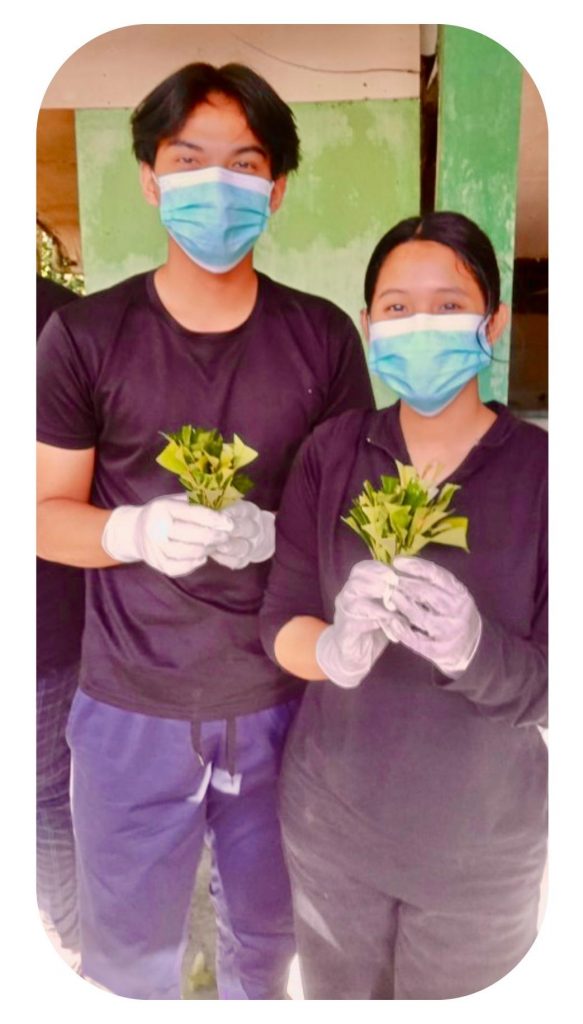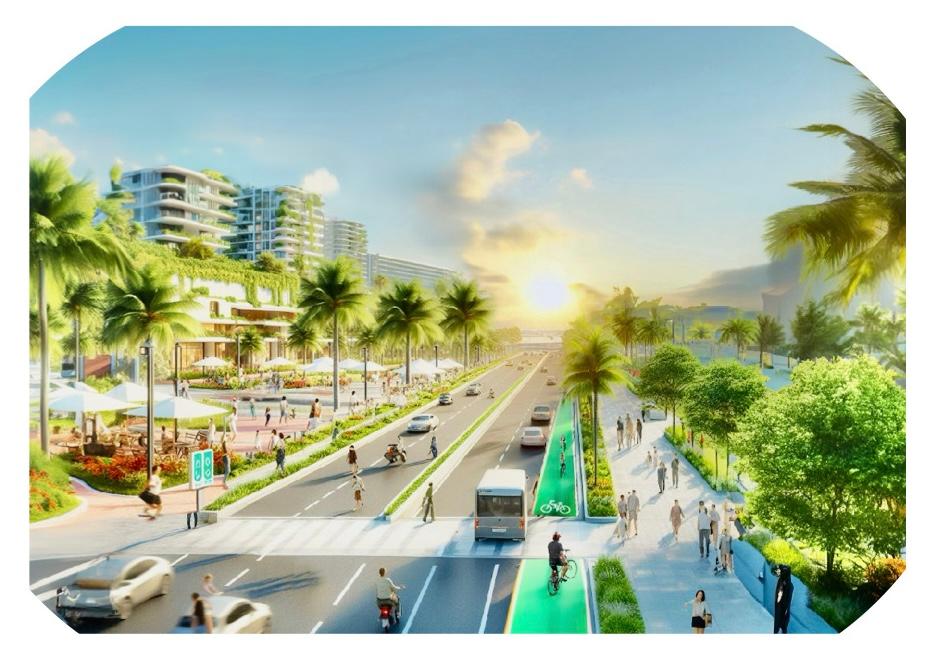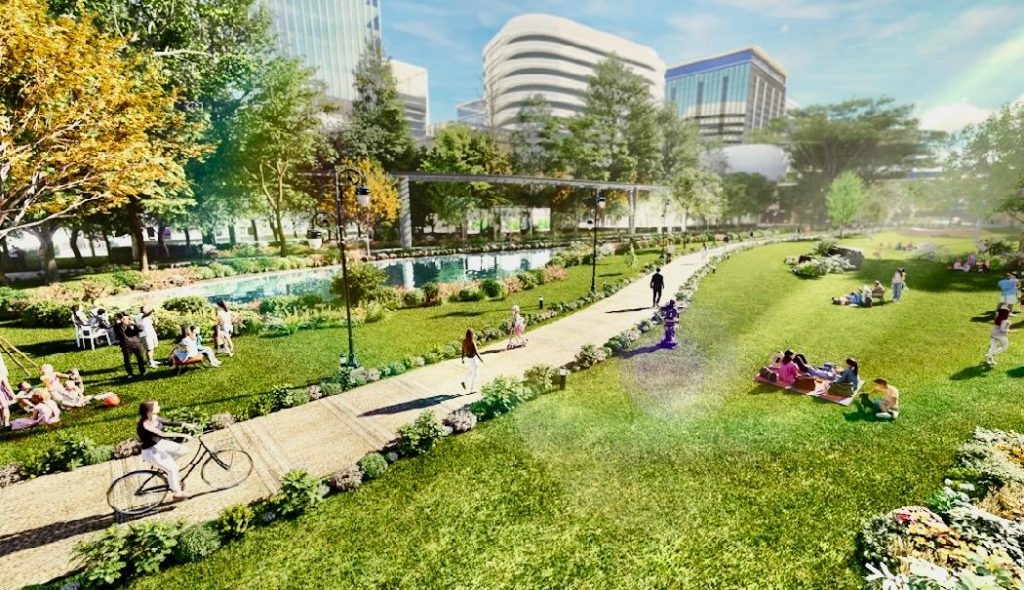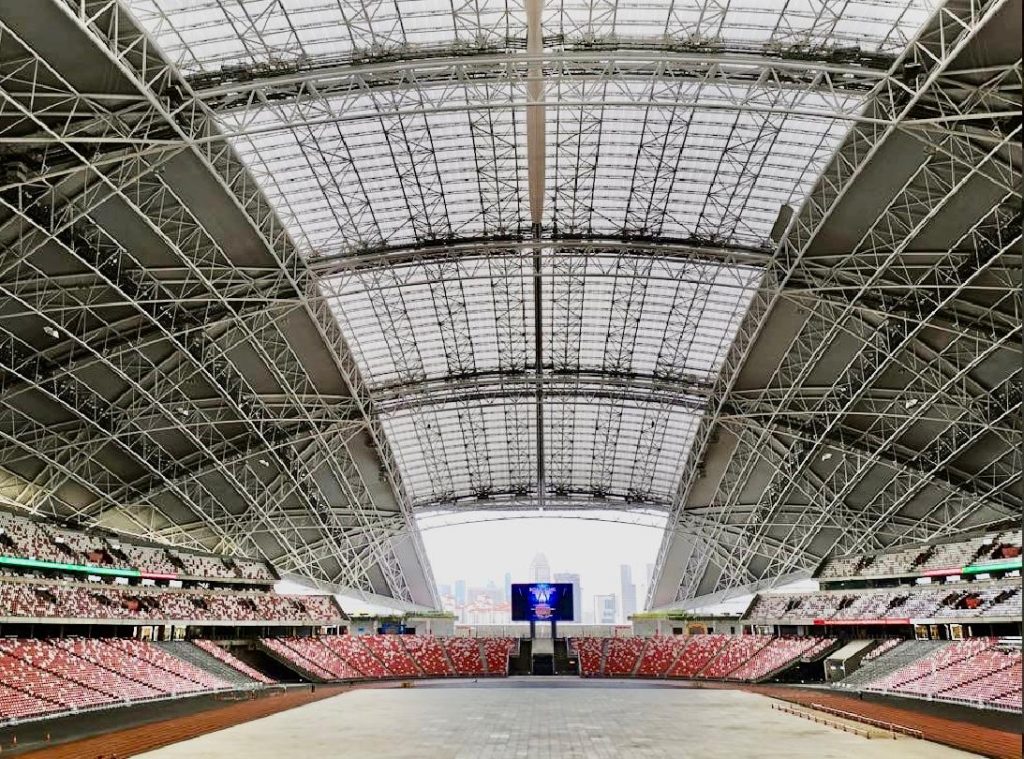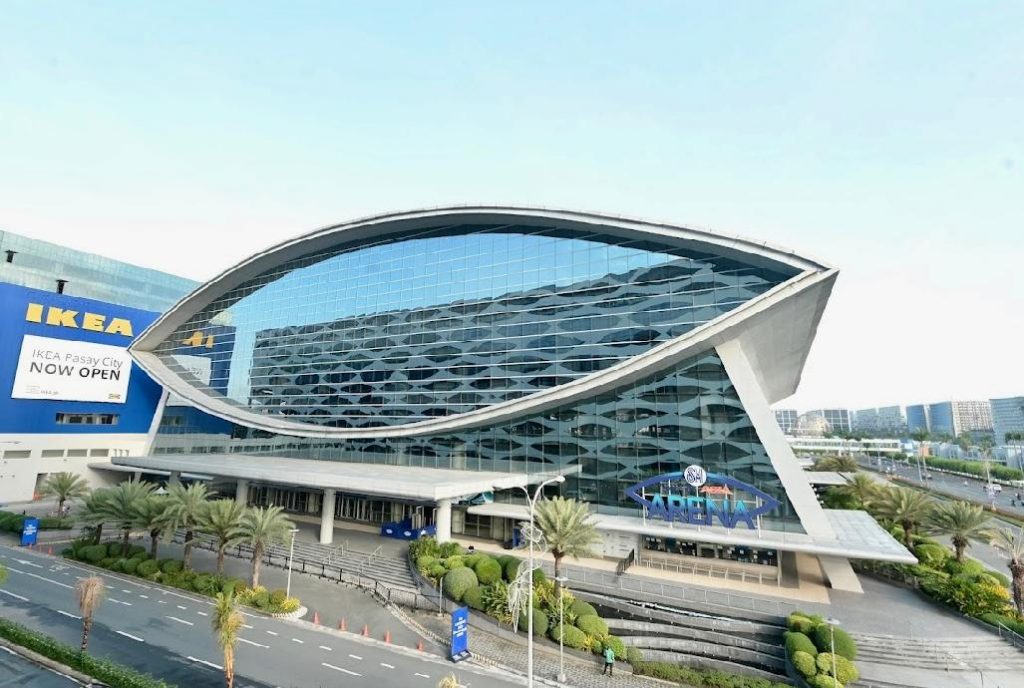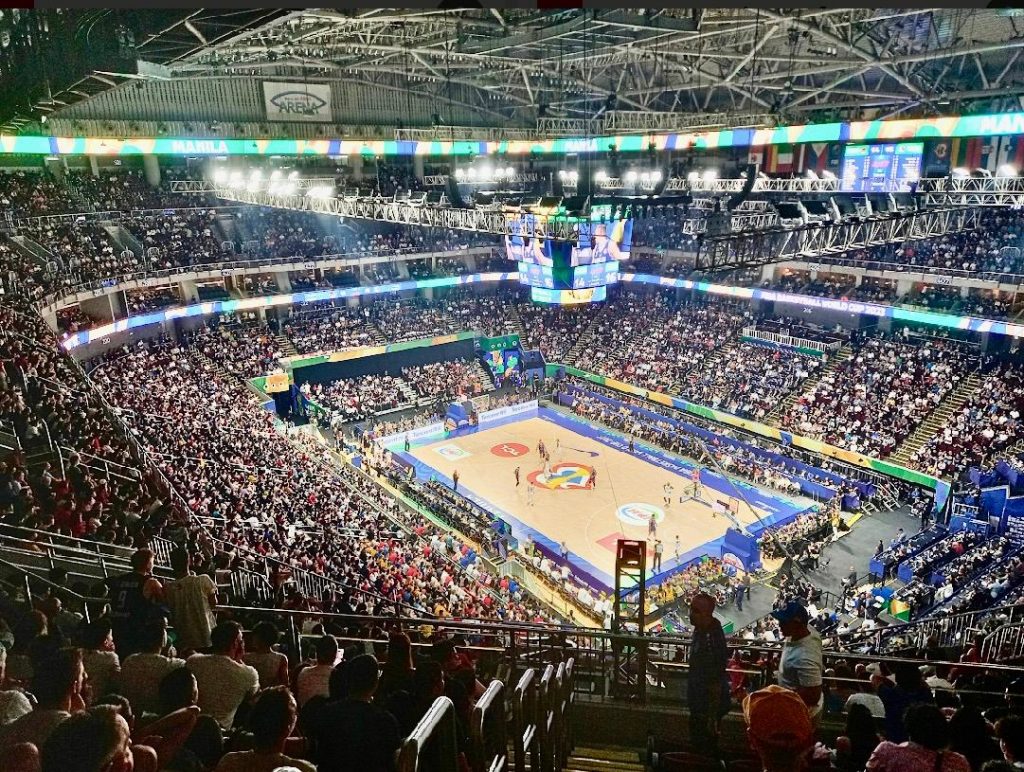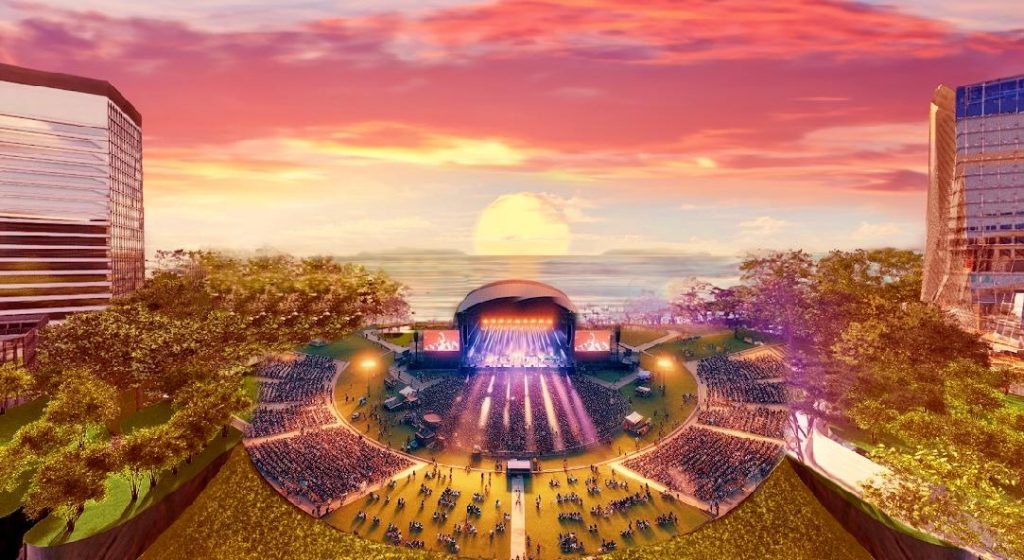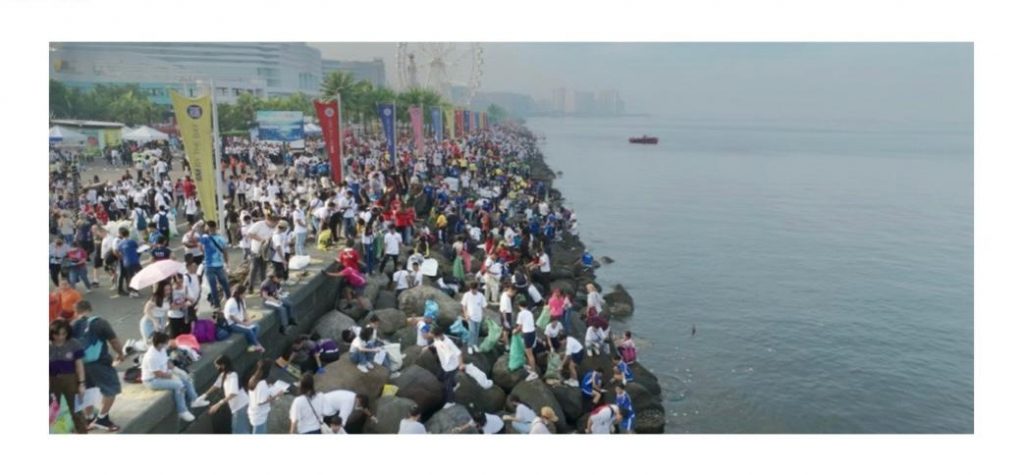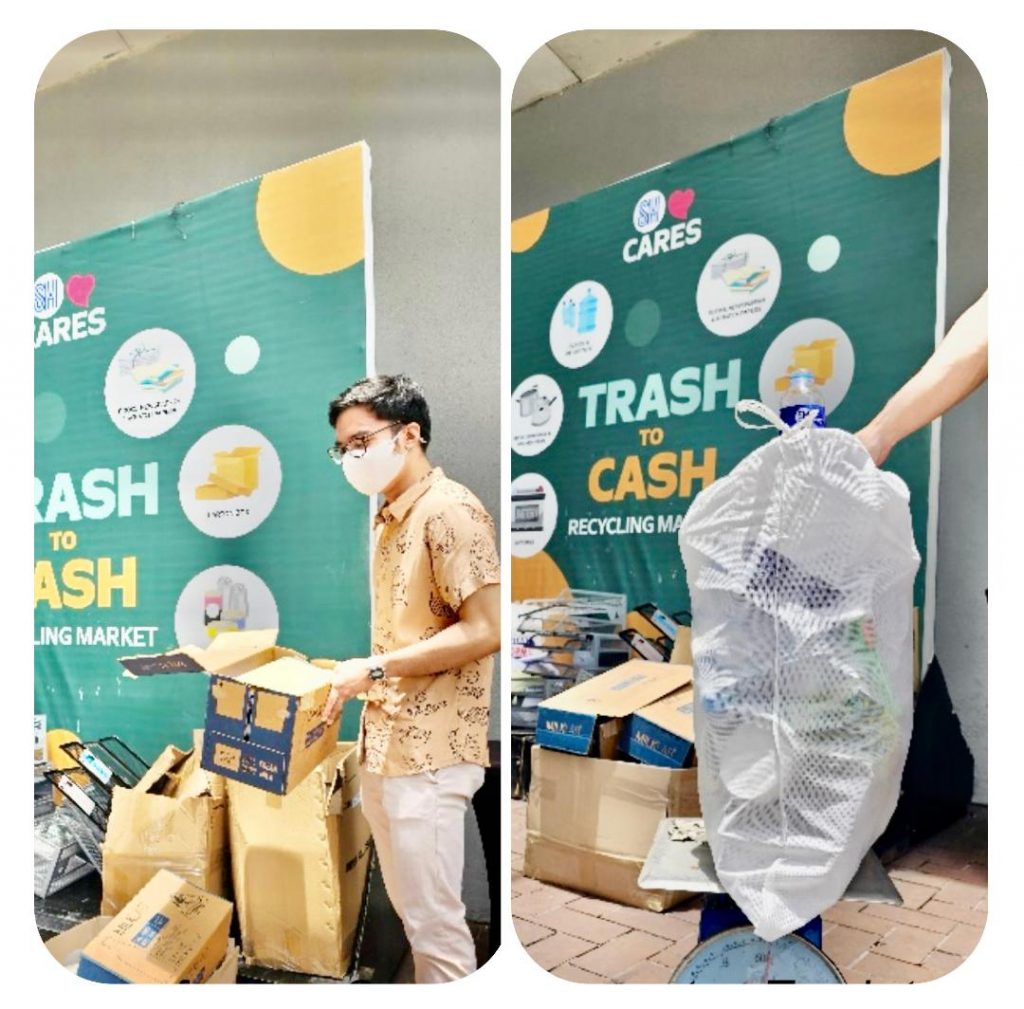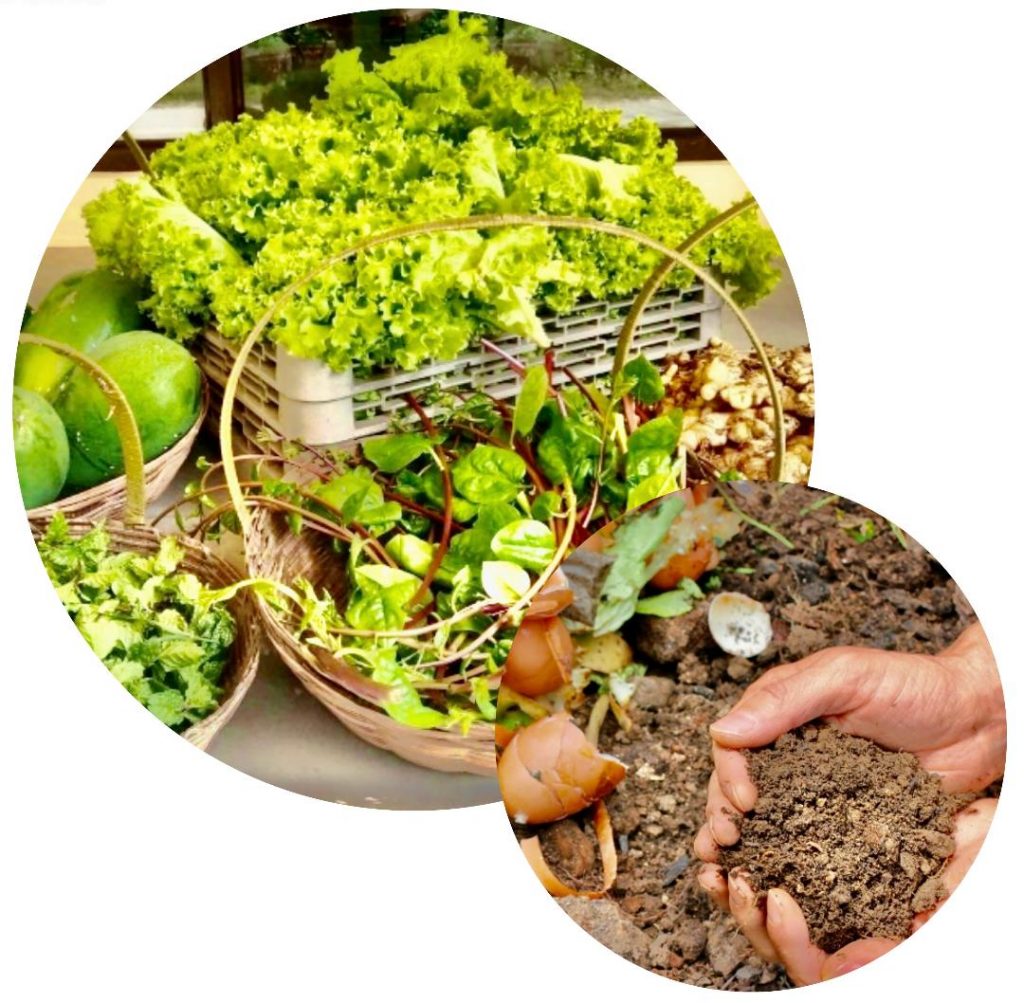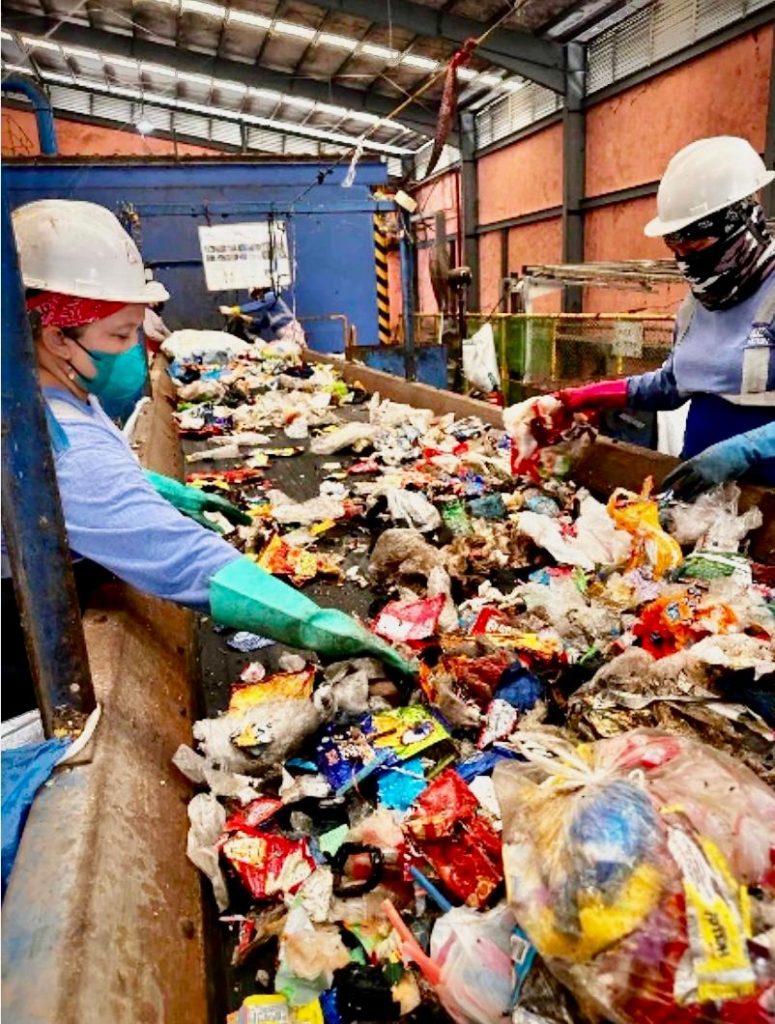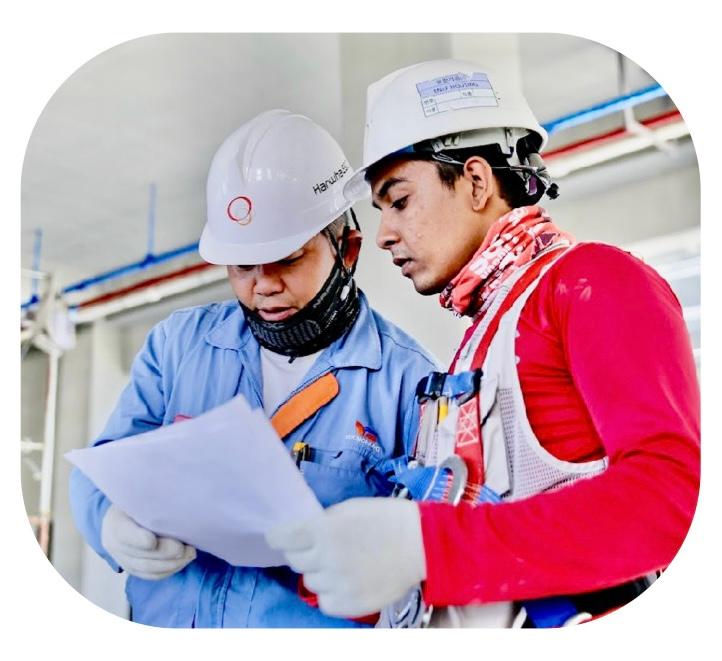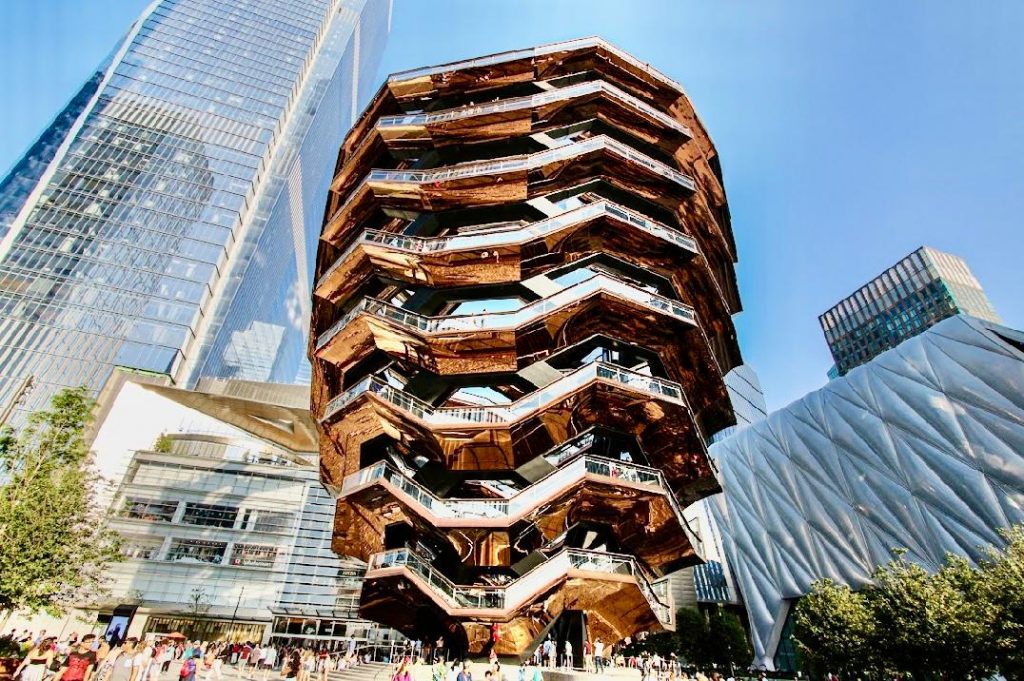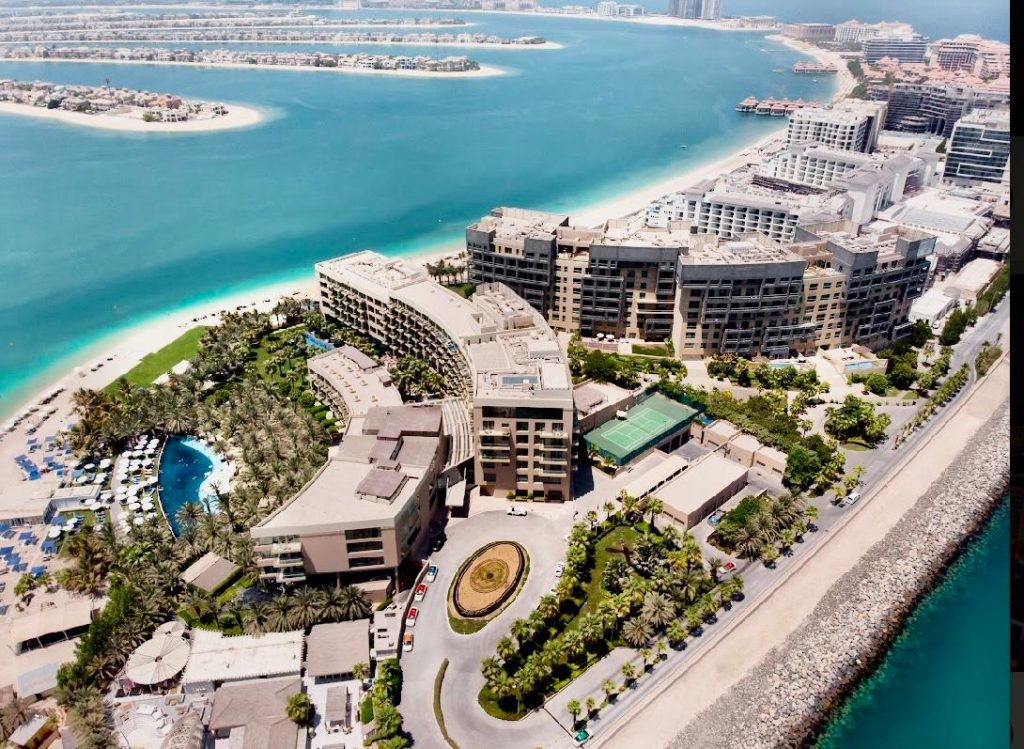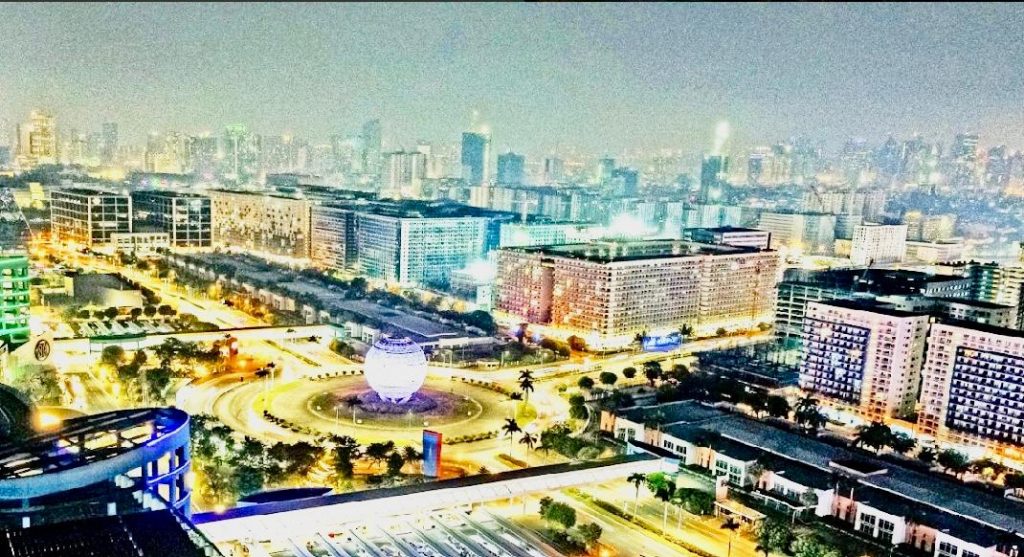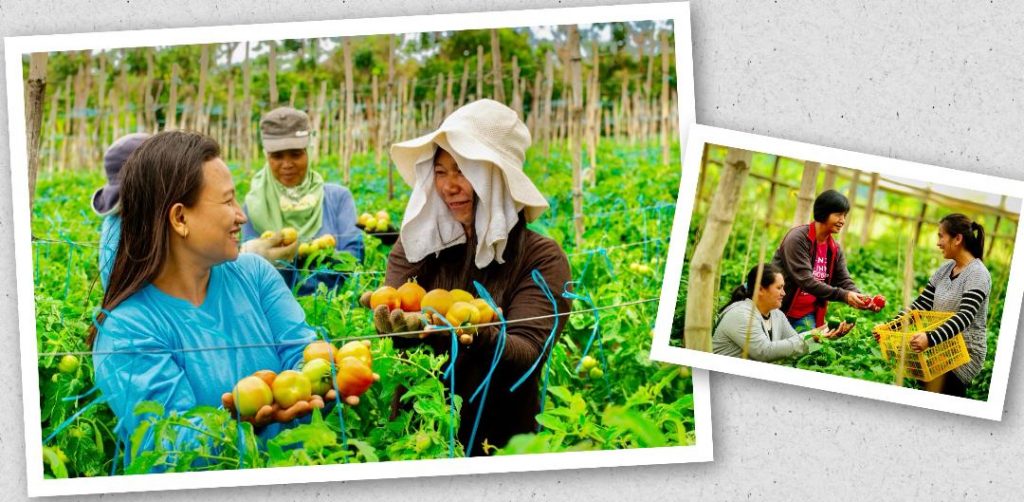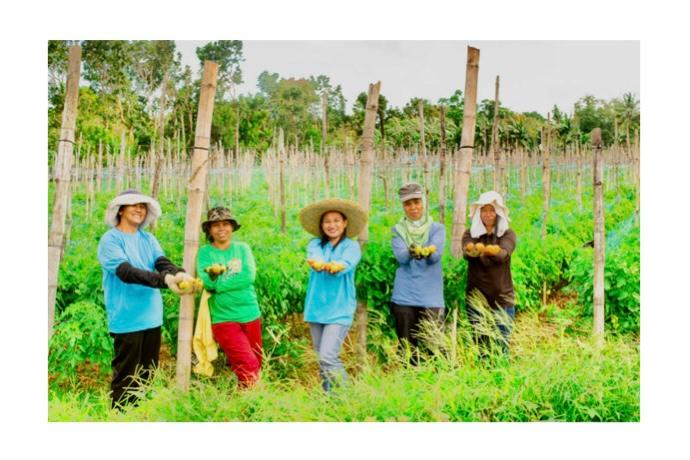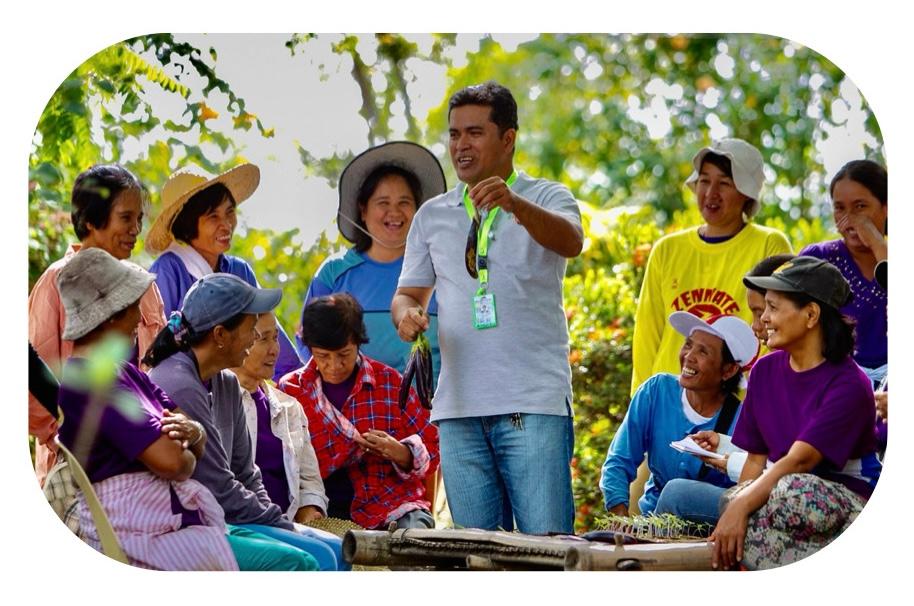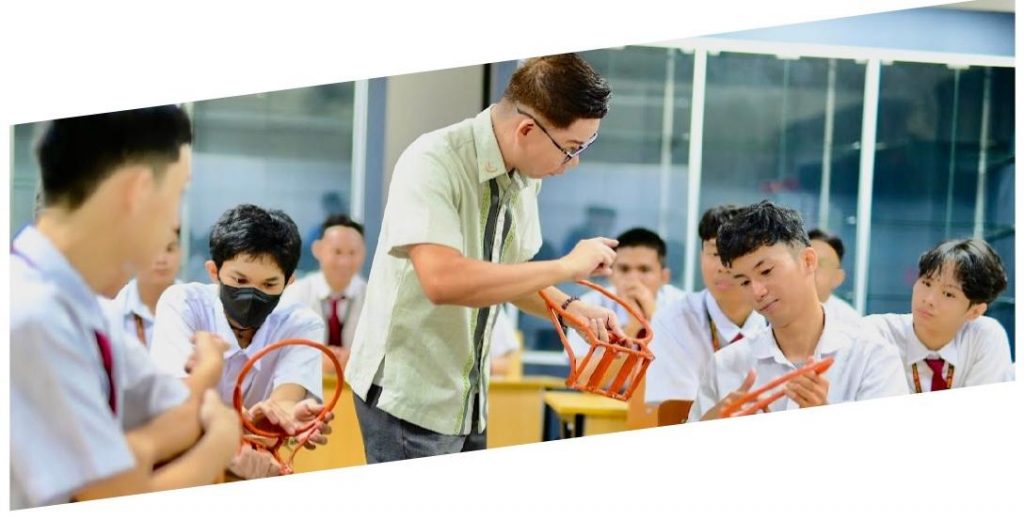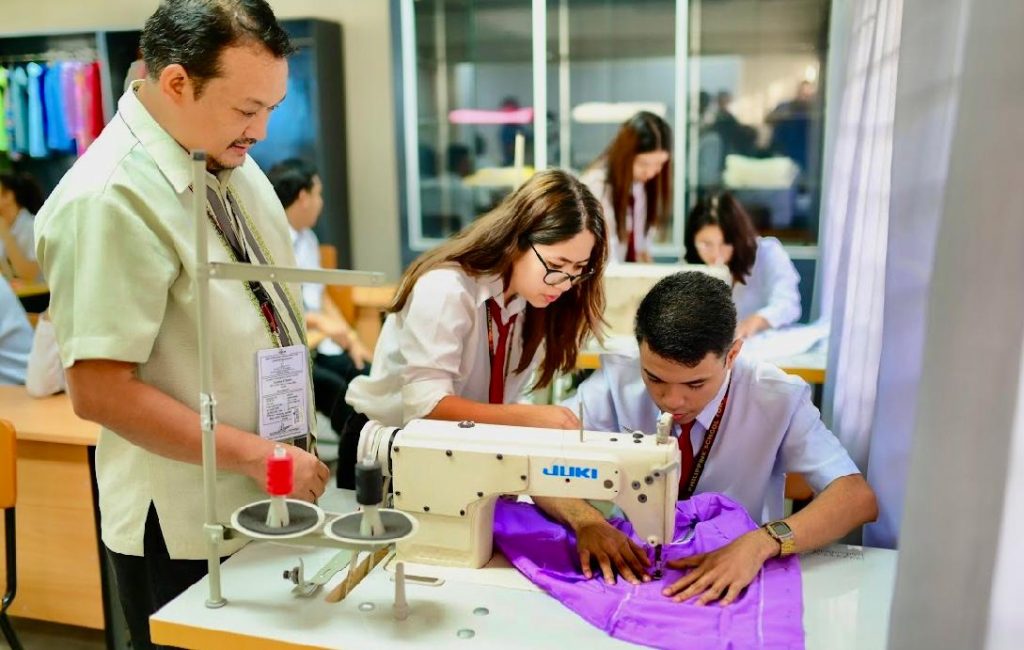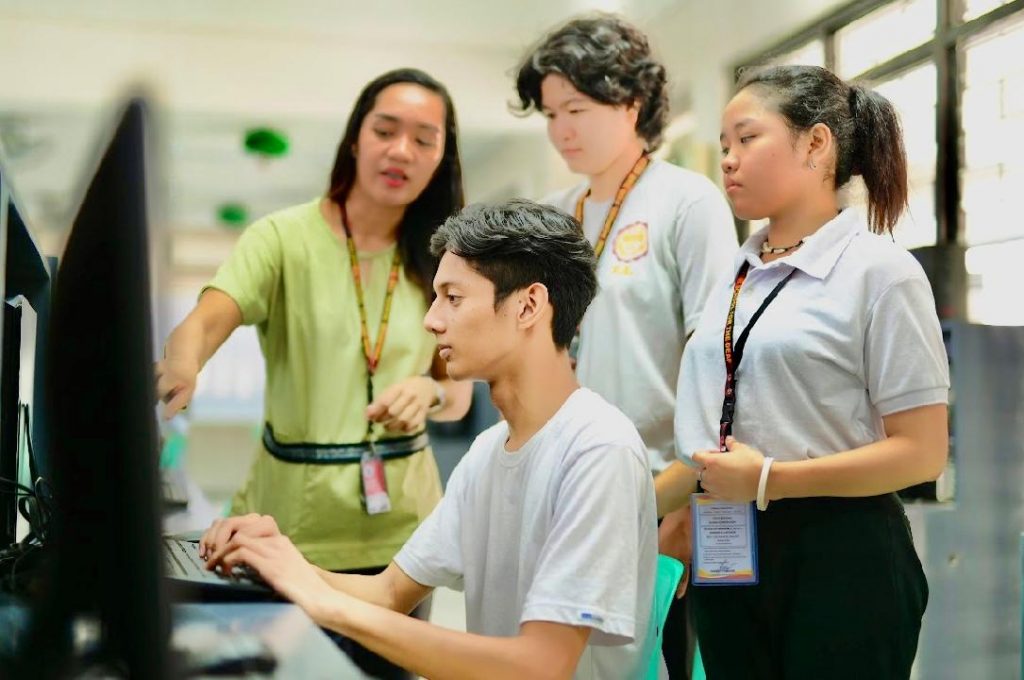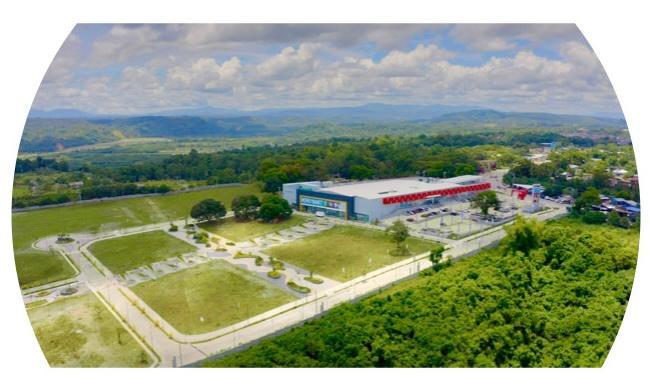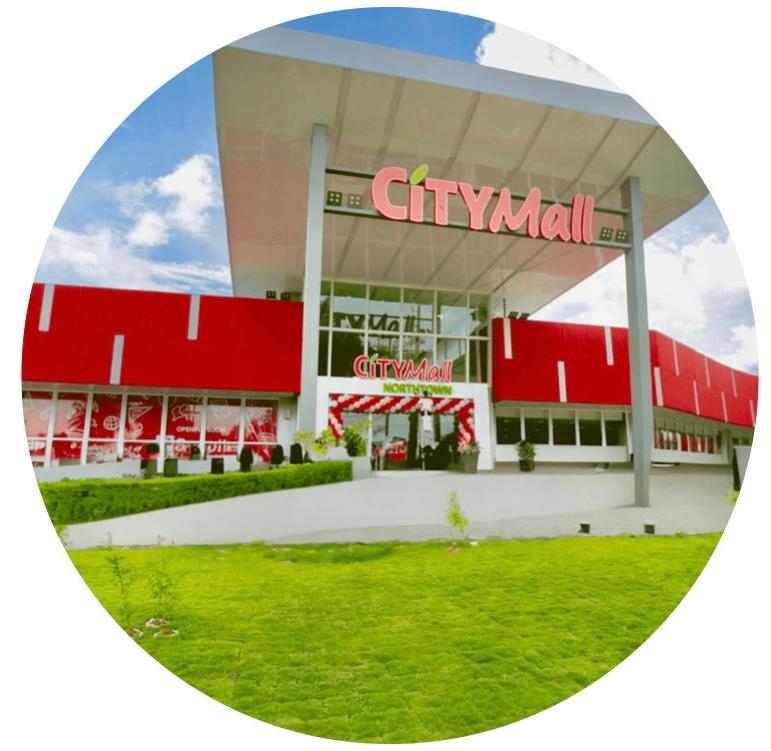“Nag-aalala ka dahil nagmamahal ka (You worry because you care).”

Ms. Sharon Cuneta expressed this perspective in her most recent vlog for the Insular Life (InLife) Dreamweaver Series.
“My life still had its ups and downs but generally I have been really fortunate. And while most of you will see me as an accomplished individual, believe it or not, I still have my own share of worries. I still worry about my kids, my husband, my family, which is just normal,” the mom of KC, Frankie, Miel, and Miguel said.
The acronym S.A.D., which stands for sickness, accidents, and death/disabilities, can be used to summarize some of these concerns. Cuneta emphasized to the audience that worries about these are understandable given their inevitability.
Finding Certainty in an Uncertain World
“But there is a way to free yourself from these worries, and it’s called life insurance. Just a small trivia from someone born in the sixties, noong araw ang tawag namin sa insurance ay seguro, which is a Spanish word meaning ‘sure’, or in Tagalog, tiyak,” shared the icon who has been hailed as Philippine entertainment’s Megastar.
Cuneta pointed out that having life insurance guarantees that your loved ones are taken care of if something happens to you — from replacing the income and financial support that you have provided to assistance in paying for funeral expenses.
The Benefits of Life Insurance

The multi-awarded actress, host, and singer explained that life insurance is a policy or plan that one pays for on certain periods of time and that its lump sum will be received by the policyholder’s beneficiaries when they pass away. Its benefits can be summed up in the following:
- It can support the family in case of the breadwinner’s sudden demise. The death benefit can help maintain the family’s standard of living and keep them financially stable.
- It can be used to pay off the policyholder’s outstanding debts, like mortgages, car loans, and credit card payments.
- It can help with estate planning as it can secure the value of one’s assets and easily transfer them to the loved ones when the time comes.
- It can also secure a policyholder’s business in case of sudden death, as it can cover their business obligations.
A Life with No Worries
“The real value of life insurance is that it gives you peace of mind, it frees you from the anxieties you have about the future of your loved ones should any of the sad uncertainties happen to you. It’s your hakuna matata, a life with no worries, and not worrying means you can focus on living your life to the fullest, and making more happy memories with the people you love,” Cuneta said.

The Megastar, together with her daughter Miel Cuneta-Pangilinan, are proud Dreamweavers for InLife, the country’s first and largest Filipino-owned life insurance company. As Dreamweavers, they are helping amplify InLife’s mission of helping Filipinos lead A Lifetime for Good.
“As an InLife Dreamweaver, it is my privilege to share with you that InLife has flexible life insurance coverage options, depending on your budget, your preferences, and your needs. They have policies with guaranteed cash payouts, meaning you will get an amount for certain periods of time,” Cuneta said.
For those who wish to grow their premium policies created for a specific time period and for life, InLife also offers investment-complementary plans.

You can see Megastar’s most recent vlog on insurance at www.insularlife.com.ph and https://www.youtube.com/@SharonCunetaNetwork, as well as her prior one about financial and health wellbeing.
To find out more about the insurance plan that best suits your needs, contact an InLife financial advisor or stop by the InLife office that is closest to you.


